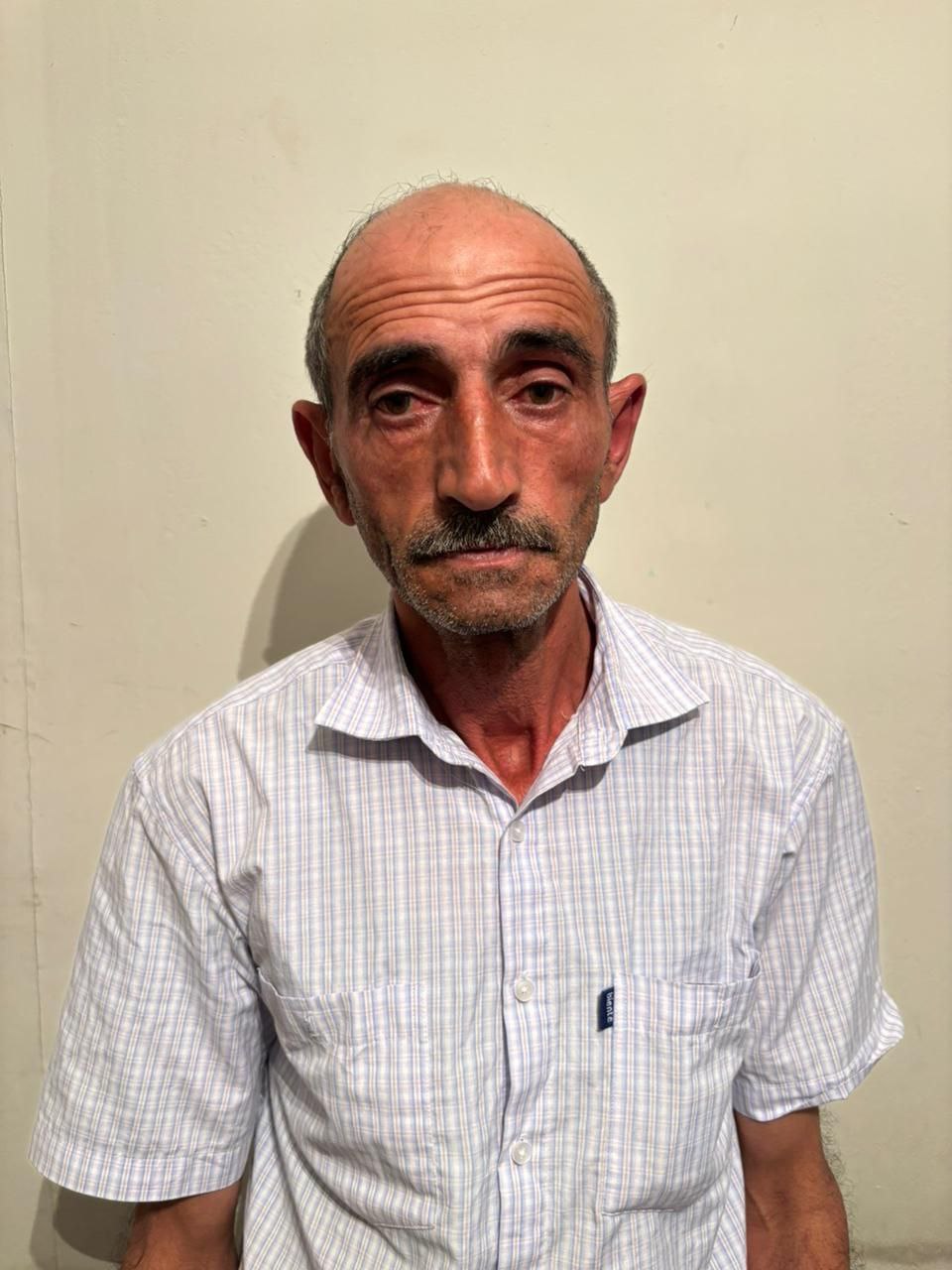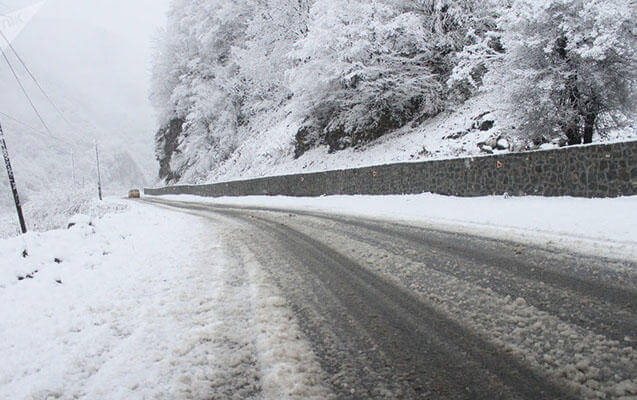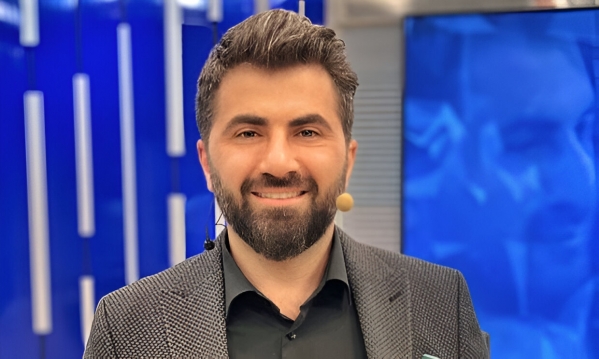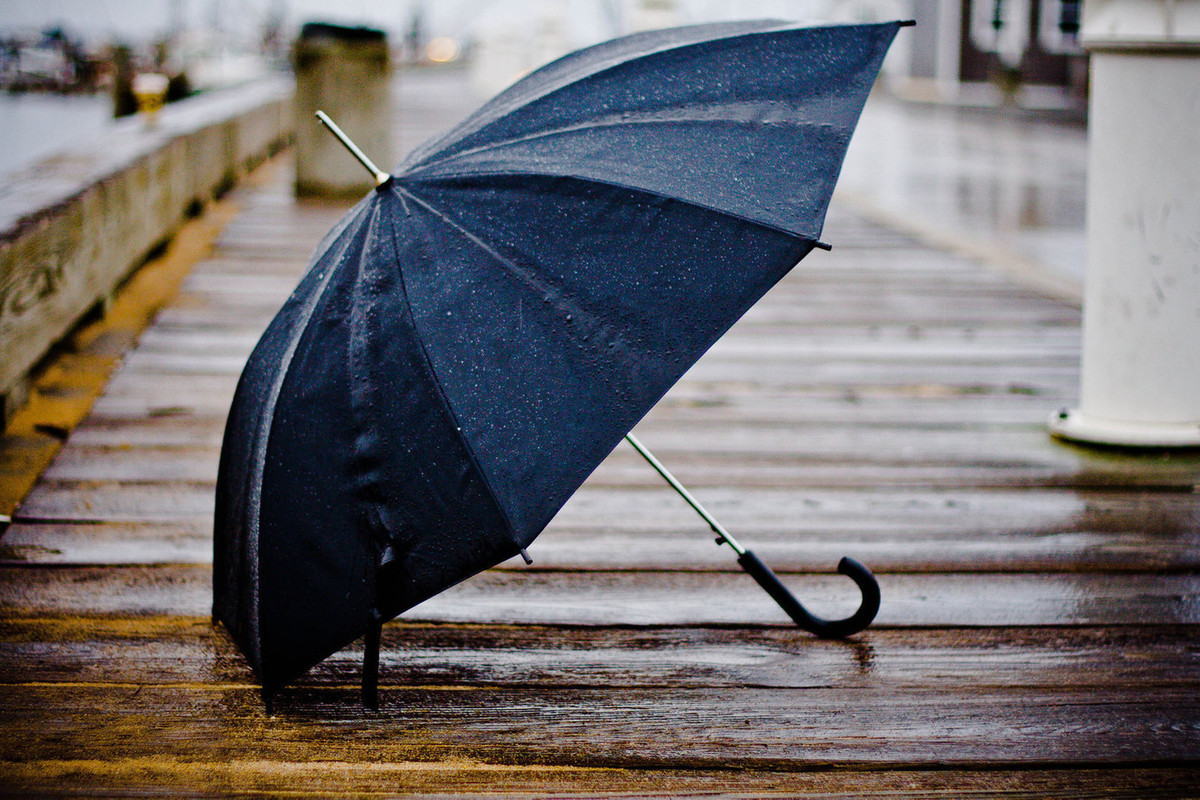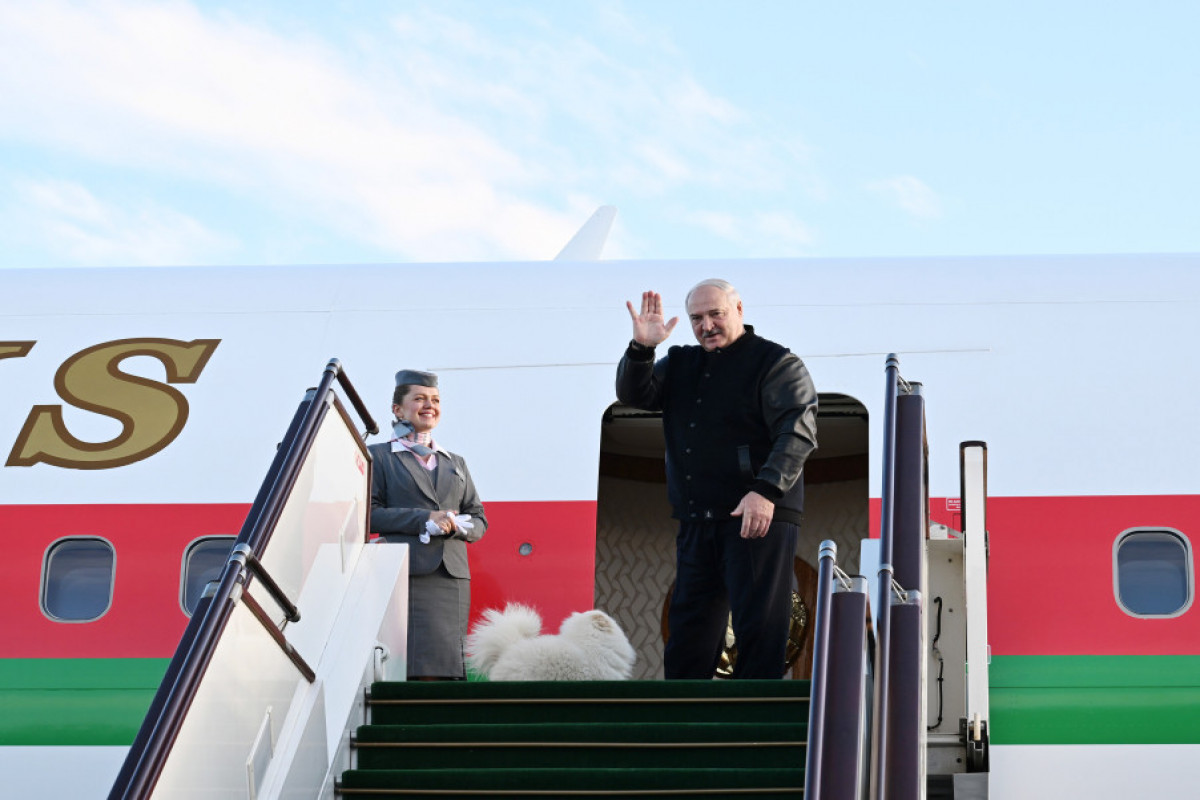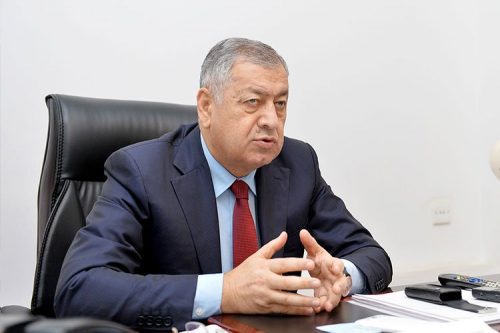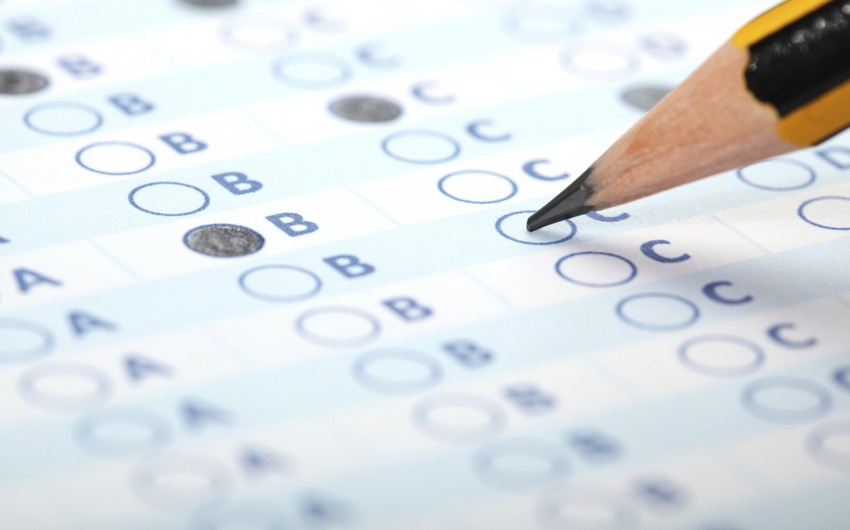From which direction can Russia attack Ukraine in the near future? - EXPERT OPINIONS
- Smartbee
- Report

By Tural Tagiyev
The situation in Ukraine has become increasingly tense. Russian troops are achieving successes at the front, capturing several strategic positions and villages. The situation has reached a point where Western media are publishing a series of articles about Ukraine running out of soldiers and Kyiv heading for defeat. For instance, Politico reports that Ukraine is likely to lose more territories soon. Germany's Süddeutsche Zeitung claims that Russia will soon break through the defence lines in Donbas.
Foreign media are also highlighting the $61 billion US aid package allocated to Ukraine, raising the question: What will be Russia's primary target in its planned new attacks in the coming months? From which direction can the army launch an attack? Overall, can the $61 billion stop Moscow?

Commenting on the issue, Azerbaijan's former foreign minister and political analyst Tofiq Zülfüqarov noted that since military operations are a closed field, it is difficult to predict exactly where the planned attacks will start.
Based on information in foreign media, we see that Russia has significantly scaled up its arms production recently. Concrete numbers are being cited, emphasizing the considerable advancement in the production of battle tanks and artillery units. Despite continuous sanctions against Russia, Moscow continues to strengthen militarily. Concurrently, there are reports of increased military aid to Ukraine, including the imminent provision of F-16s to the Ukrainian Air Force. All these developments suggest that both sides are aware of the impending intense military operations and are preparing vigorously, Zülfüqarov remarked.
The expert recalled that Russia's advantage in manpower and military capabilities has significantly surpassed Ukraine's potential since the beginning of the conflict, a trend that continues.
"Everyone should understand that if military operations intensify again, the region will experience very serious and tense processes. Russia's new attacks will lead to extensive casualties. We are talking about large numbers – a significant loss of lives. After two years of ongoing military operations, neither Kyiv nor Moscow have been able to achieve their objectives. It seems unlikely that Ukraine will be able to dismantle Russia and force Moscow into capitulation. Nor has Russia achieved the capitulation it desires. The situation in the region is now complex and tense. At this stage, the best way out is to freeze the conflict, as we did in 1994. Kyiv could take a similar step. By leaving this issue unresolved, Ukraine can prepare for stronger future actions to restore its territorial integrity," the former foreign minister said.
Regarding the $61 billion US aid package, Zülfüqarov thinks the situation is somewhat complicated. Only a third of the allocated amount will reach Ukraine because nearly half of the funds are intended to be spent within the US military industry: "This includes everything from various types of military equipment to the expansion of diverse weapon production. Even these funds will be used to replenish the stocks of weapons delivered to Ukraine. Only $20 billion will directly reach Kyiv, which is not considered decisive for victory," Zülfüqarov stated.

Political analyst Ilgar Velizade offers a somewhat different perspective on recent developments. He predicts that the side which manages logistics effectively will gain the upper hand. Velizade specifically names the directions of potential attacks: "Russia could launch attacks from two directions. Moscow wants to execute its attack strategy from Kharkiv and Donetsk, but the main focus is on villages in the Donetsk region. The goal is to capture these villages and significantly disrupt the front line. Indeed, we have recently observed the capture of some villages and the breaching of the front line in several directions. However, it is difficult to predict how long the planned attacks will last and what results they will yield. It appears that Russia is trying to maximize its advantage from Ukraine’s weakening. Various means are being employed to gain military superiority at the front."
Velizade believes that the $61 billion aid package will not thwart the Kremlin's plans concerning Ukraine. In his view, the new aid may only weaken Russia's attacks to some extent, delaying Moscow's plans slightly, as the numerous weapons delivered to Kyiv so far have significantly slowed down Russian plans. However, the $61 billion package will neither end the war nor lead Ukraine to gain full dominance.
"More radical steps need to be taken. $61 billion is nothing for a country engaged in such a severe war. We need a realistic approach to the issue and the situation. There was a lot of hype when the West provided Patriot missile systems. However, these modern missiles are very expensive. The systems can be transported to Ukraine, but they cannot continuously supply Kyiv with such costly missiles. Not all of the $61 billion will reach Ukraine. Approximately $23 billion might be spent in the country. The rest will be allocated to other targeted issues. The US is giving Ukraine old, obsolete weapons from its stockpiles. The Pentagon will then start new orders to fill these vacated spaces. Hence, the remaining funds will strengthen the US supply base," Velizade noted.
Velizade also touched on another crucial issue: the logistics of arms processes play a significant role. It takes time to supply weapons to Ukraine; the aid allocated will not reach its destination in a day or five. Effective warfare requires supplies to be delivered swiftly and everything to operate like a well-oiled machine: "Russia will take measures to hit the new weapons as they gradually arrive, while still in warehouses or in transit. Unlike Kyiv, Russia has excellently managed its logistics from its territory to the occupied lands in Ukraine because arms transportation and supplies to the occupied territories have been well-planned. They have built new hangars and warehouses and constructed new roads to avoid logistical problems. This country has even started producing and using new weapons recently. Although Russian military equipment may technically seem inferior to Western standards, it is much cheaper in Russia. The weapons are produced quickly and delivered to the front lines in a short time."
According to Velizade, when any military equipment breaks down, Russians can not only repair it within Russia but also in the occupied territories. In contrast, Ukraine also faces repair issues: "The situation is truly becoming complicated as Russia prepares for new attacks. In short, if the aid had changed anything significantly, Ukraine would have already gained a serious advantage and struck devastating blows to the adversary. Last year, there was much talk about Leopard tanks that were supposed to change the situation at the front once they arrived. Where are those tanks now? Most of these machines have been put out of action."

Military expert Adalat Verdiyev points out that Ukraine has failed to achieve significant successes in its attacks across various fronts, while Russia, conversely, lists its successful assaults.
"True, in recent days, no significant shifts in positions have been noticed. Only Ukraine has regained control of Nestriga Island near the Dnipro River. The troops are mostly engaging in positional warfare, with neither side initiating active offensive operations. We observe mutual usage of small UAVs and artillery," Adalat Verdiyev said.
Currently, Russia's attacks continue actively in the Kupyansk direction. Images have been shared showing Russian flags over two villages in this area. Russia is persisting with its attacks in this direction to take over positions deep in Ukrainian-held territory.
Verdiyev also noted more frequent Ukrainian artillery strikes in the Kursk and Belgorod directions, though no positional changes have occurred there either. The initiative has shifted to Russia's side.
Ukraine is currently struggling to form strike groups for a counter-offensive to preempt Russia's planned strong attacks.
"The main reason for this is the lack of personnel and weaponry. That is, Ukraine is unable to form groups three times larger than the Russian forces in at least some selected directions of the front. Therefore, it can be predicted that in the coming days, Ukraine will only be able to conduct defensive battles," the expert commented.
He also mentioned that Kyiv's current problems are not solely due to a lack of weapons. Another significant issue for Ukraine is expanding its personnel to adequately respond to Russian attacks. As expected attacks approach, the shortage of personnel is increasingly felt.
"Regarding the effectiveness of the $61 billion provided by the USA to Kyiv, I think this support is quite a delayed action. Despite being discussed at the start of 2024, and now it's May, the financial aid has yet to reach Ukraine. Another issue is that Ukraine has been demanding the 'closure of its airspace' for three years, but no action has been taken by the West in this direction. To implement this process, at least ten batteries of modern air defence systems like Patriot are needed. However, we have yet to see real signals that such a significant number of crucial weapons and related missiles will be delivered to Kyiv," he noted.
The military expert believes that it will take a considerable amount of time to transport the weapons purchased with the $61 billion to Ukraine. The expert also recalled the display of US military equipment in Moscow, including the very expensive Abrams tanks: "In short, even strongly arming Ukraine will not be sufficient to defeat Russia in the known region. If these funds were delivered more quickly to Kyiv, Ukraine's resistance potential could increase. The $61 billion will only bring opportunities to approximate the potential of Russia but won't secure a Ukrainian victory, because the weapons and equipment promised to Kyiv are not delivered on time. The promised amounts are spent in parts. Sometimes, when the first batch of weapons loses its resource or is decommissioned, then the second batch is sent. This only creates an opportunity for defence, not for attack. Defending against Russia will not be enough to stop it. It is expected that Moscow will expand its attacks in the near future."

Military expert Shair Ramaldanov states that several options for attacks are being developed at the Russian General Staff. "The directions chosen by Russia to expand its occupation will be Kharkiv and Odesa. They do not hide that these two regions are the main targets. Why Kharkiv? Because it is economically efficient and is a large area with many enterprises. Moreover, people in this region have been historically more inclined towards Russia. Odesa was chosen to block Ukraine's access to the Black Sea. Moscow does not hide these plans. Therefore, we observe more strikes in these two regions recently. However, no one can say for sure what decision will eventually be made in the Kremlin, because the situation could change tomorrow, and a different direction might become a priority. The question that now perplexes the world is whether the Russians will take such a serious step," the expert remarked.
Shair Ramaldanov also finds new strong attacks likely because there will be a time loss until the aid allocated to Kyiv reaches Ukraine. Looking at the aid provided to Ukrainians so far, it is evident that support is determined not by Kyiv's needs but by the West's own decisions and capabilities: "For this reason, I do not think that the billions allocated by the USA will reach Kyiv's budget quickly and easily. Weapons and equipment will be sent in instalments. One of the biggest grievances of the Ukrainian military command during last year's battles was the delay in supplies and support. Allies openly stated that 'we can only do what our military capabilities allow'. In other words, Ukraine's operations against the Russian army were based not on Kyiv's intended battle plans but on the 'capabilities' of coalition forces. This did not produce the necessary effects during battles."
The military expert considers the $61 billion to be a meagre figure compared to previous aid allocated to Kyiv. Even though aid is provided, the result is that over 20% of Ukraine's territory is still under occupation.
The expert emphasized that US aid would not deter Russia. "Russia may take certain steps in response to the $61 billion, such as new mobilization measures, expansion of the military industry, increased ammunition production, etc. The involvement of private companies in Russia's armament could increase. Fifty countries are supporting Kyiv against a giant military power, but this has not stopped Moscow, because Kyiv has very large and challenging goals. Concerning the liberation of over 20% of its territory, including Crimea, it can be predicted that the known funds will not be sufficient to achieve the target. Currently, there are also serious problems related to personnel in Ukraine, and the main goal is to prevent further Russian advances."
Bütün xəbərləri reklamsız oxumaq üçün qeydiyyatdan keç və ya login ol. Günlük ölkədə baş verən xəbərləri bizdən izlə.

